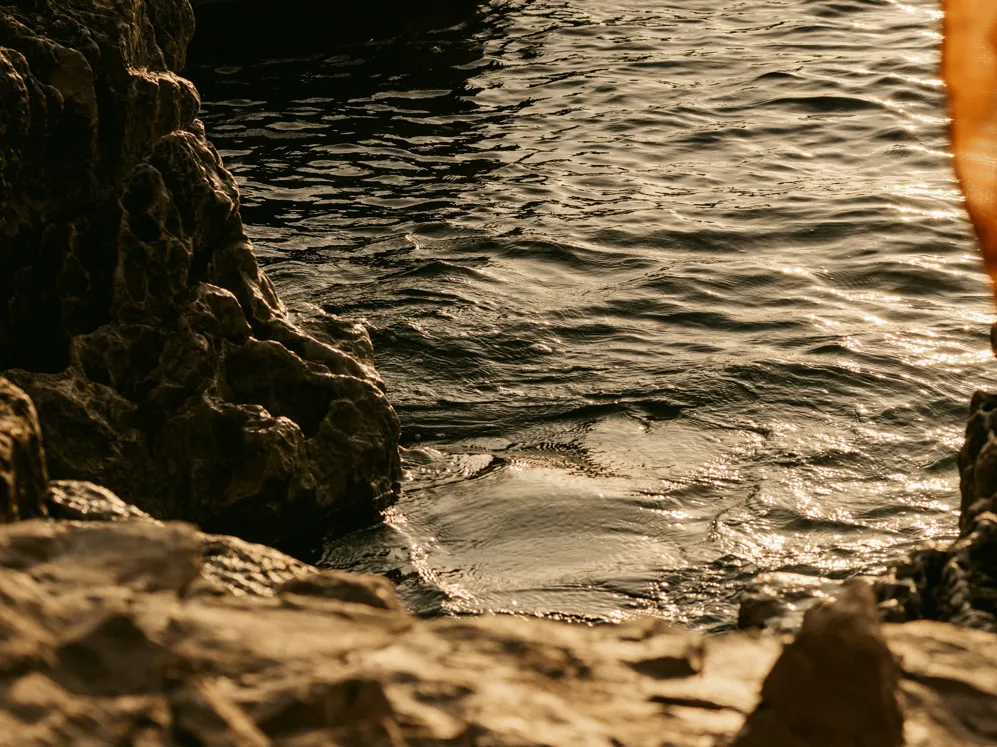
Words Steph WadeDate 24 July 2025
Consider this guide your inspiration for a design-focused visit to the island with it all. You'll find quiet coves known only to locals, cliff-side roads that wind through ancient villages, and markets where farmers sell oranges straight from their groves. One can cycle past centuries-old stone terraces in the morning, feast on seafood caught that day for lunch, and slink into a tiny vermuteria tucked away in Palma’s gothic old town by evening. In the words of local icon Rafael Nadal, Mallorca is one of “the best places in the world” to enjoy life.
Mallorquîn
Mallorquîn is the official language of the island, which is similar to Catalan, however, both Spanish and Catalan are spoken everywhere. So, you’ll hear “buenos días” (Spanish) interchangeably with “bon dia” (Catalan).
Word history
The name “Mallorca” comes from the Latin phrase “insula maior,” or “larger one,” compared to Menorca, meaning the “smaller one”.
Alaska —This cute retro-inspired Hamburguesería, or burger bar, stands alone as a friendly kiosk along the buzzing Plaça del Mercat, and is known for its classic, tasty burgers. Locals and visitors alike come to sit at its bar stools for lunchtime hamburgers, chips, and cerveza.
Bailando—Sometimes on holidays, it’s best to follow this motto: When in doubt, dance it out. “Bailando” means dancing in Spanish, and all across the island, one can step into many bars, clubs, and dance spaces hosting salsa and Latin dance nights, or the occasional flamenco performances.
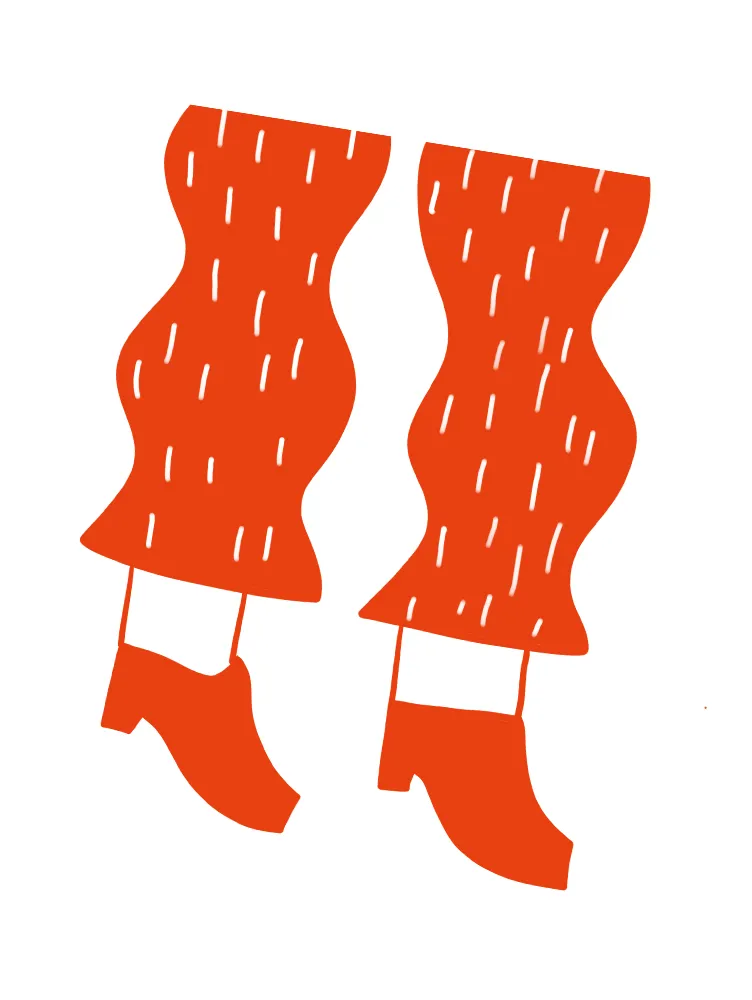
Lío Mallorca
For dinner, cabaret performances, and dancing
Amok
For dinner, cabaret performances, and dancing
Velvet
In Porto Pi, for a Reggaeton and Latin dance music night out
Brooklyn Club
can be found in Santa Catalina, a hip Palma neighborhood
Cycling—Did you know that Mallorca is a cyclist’s paradise? From mountainous climbs to flat coastal stretches, there’s no shortage of dreamy terrain for riders of all levels—not just the pros.
The Orient Route
Named after the small village of Orient, this is one of the island's most scenic routes, passing through the Tramuntana mountain range. Find breathtaking views, challenging climbs, and quiet, winding roads.
Palma to Pollença
A route stretching roughly 150 kilometers, passing Santa Maria del Camí and Inca, passing down through Sa Pobla, and looping down back to Palma.
The Lluc Route
Leads to the historic Lluc Monastery, with steep climbs, particularly the ascent to Coll de sa Batalla, and sweeping views of rugged mountain landscapes, deep gorges, and lush forests.

Sandro Chistofori, a local native and Regional Director of Sales for Revinate
Penyal d'Honor
Starting in the small northwestern town of Bunyola, this is a steep route for expert mountain bikers, with an altitude of 550 meters.
Colònia de Sant Pere
A scenic coastal route along dirt paths and gravel roads, with views of the turquoise sea and the small bays dotted along the coast.
Serra de na Burguesa
A dreamy route for freeriding enthusiasts, featuring an easy climb to Coll des Juscons, with views of Palma and the coast.
Designer Dresses—Walking through the ethereal rooms that house the label Cortana, led by fashion designer Rosa Esteva, is like walking through a small art gallery. Quintessentially Mediterranean, with soft, breezy, linen and silk garments suspended from individual hangers, each white-washed room is grouped by the colors of the clothes, and features architectural details that change as you move through the space. A lovely and elegant boutique, complete with a tranquil courtyard.
Ensaimada—What are those stacks of octagonal boxes, tied with string, that you keep seeing everywhere? Why do locals take their last sip of espresso, and brush white residue off their hands? Introducing Ensaimada, the traditional, spiral-shaped Mallorcan pastry, made from a sweet dough dusted with powdered sugar. Best enjoyed for breakfast or as an afternoon treat—tear off pieces by hand, and savor the soft, airy texture.
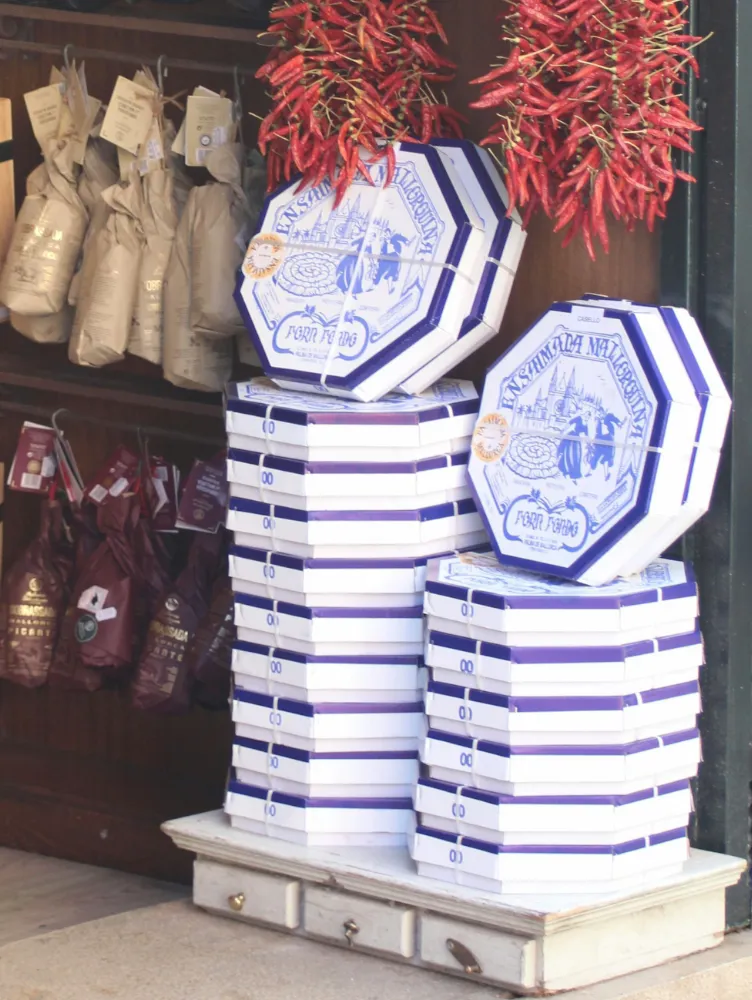
Forn Fondo (Palma)
A historic bakery in Palma, known for its delicious and authentic ensaimadas made fresh daily.
Forn Sant Francesc (Inca)
An award-winning bakery in Inca, famous for its traditional approach to making ensaimadas.
Ca’n Joan de s’Aigo (Palma)
As one of the oldest and most iconic cafes in Palma, founded in 1700, Ca’n Joan de s’Aigo offers excellent ensaimadas alongside traditional hot chocolate.
Fundació Joan Miró—Barcelona-born artist Joan Miró lived in Mallorca from 1956 until his death in 1983. He spent much of this time painting at his estate in Palma, allowing him to become a key figure in the Surrealist movement. His estate is now a public museum called Fundació Joan Miró; visitors can explore his former studio and experience a range of his works. The Joan Miró Park (Parc de la Mar) features a large sculpture by Miró, and his influence can also be seen in various public artworks dotted throughout the city.

A walk through the Fundació’s interior and exterior spaces reveals the connection between art and architecture. Fundació Joan Miró.
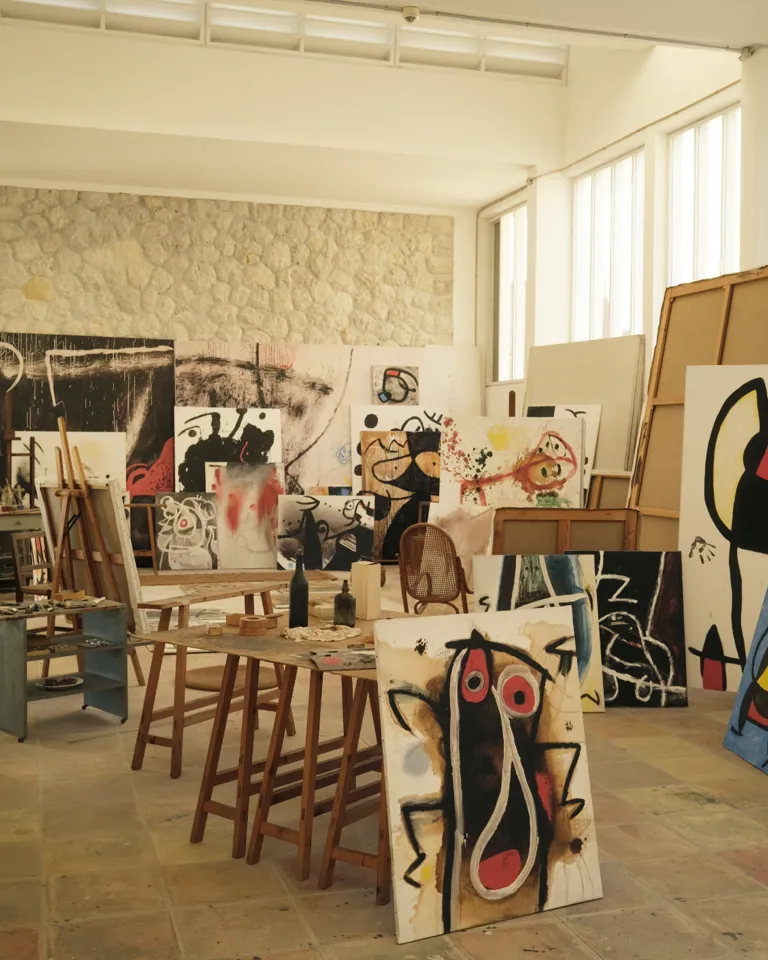
La Guilda Cerámica—La Guilda, the ceramics store and pottery school, is a quaint little place owned by the amiable Julio and Elisa, near Palma’s waterfront. The pair offer regular or one-off courses for those wanting to dig their hands into clay, or to learn about the construction techniques, decoration, and fascinating history of ceramics. “We felt the need to create a space that would promote local crafts and artisanal work through education,” they say.
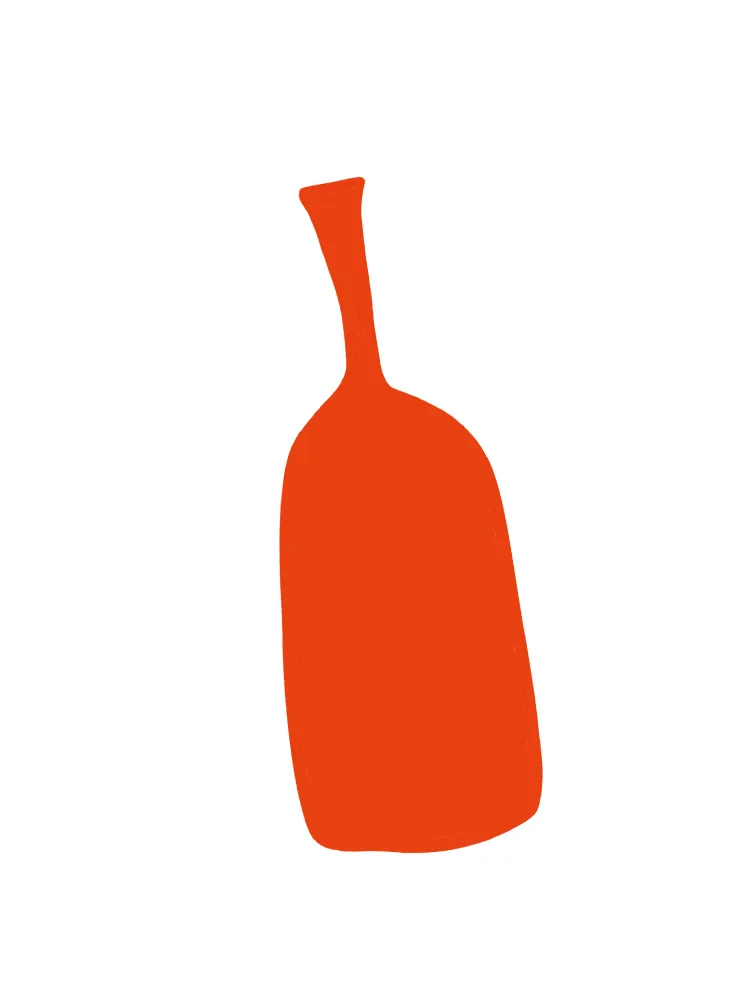
Hydration—With an endless supply of lively bars offering local wines, Spanish vermouth, and crafted cocktails, there’s a chance of headaches, brain fog, or sluggishness appearing, like an unwelcome guest, after a rollicking night out on Mallorca. Remember: hydrate, and this too shall pass.
Inca—Mallorca’s second-largest city, is known for its leather manufacturing and its lively Mercat d'Inca, which showcases local produce and artisanal goods. The blend of a long-standing artistic heritage, stunning natural surroundings, and a slightly slower pace of life has drawn many artists and designers to move here, who are attracted by its charming environment.


Jamón croquettes—A jewel in Mallorcan food culture and a staple at every good tapas bar, Croquetas de jamón are to Mallorca what baguettes are to Paris: ubiquitous and delicious, when done well. Your croquette should have a crispy exterior, a creamy and well-salted interior, and it should be piping hot, moreish, and gobbled down in three-to-four bites.
Sit on maroon leather bar stools and overlook the open kitchen and bar of this stylish and gorgeous tapas bar, specializing in grilled seafood, cutlets, and of course, croquettes.
Find homemade vermouth, cute plates with retro typography, and some of the city’s tastiest croquettes, especially the cheese ones.
An authentic, casual tapas bar in Palma’s old town, where the chicken and ham croquette reigns.
A casual and modern diner-style restaurant with a large selection of vermouth, and an even larger tapas list. The Iberican ham is a classic, yet, one also should try the Basque rib steak croquette.
An authentic and lively tapas bar within the central market hall, La Barra drizzles honey over their piping hot croquettes.
Kikos—The salty bar snack you see everywhere but don’t know the name of, are the little crunchy corn kernels—and one of the most popular Spanish snacks to accompany your drink. Walk into almost any bar and you’ll most probably be served a bowl when ordering a drink.
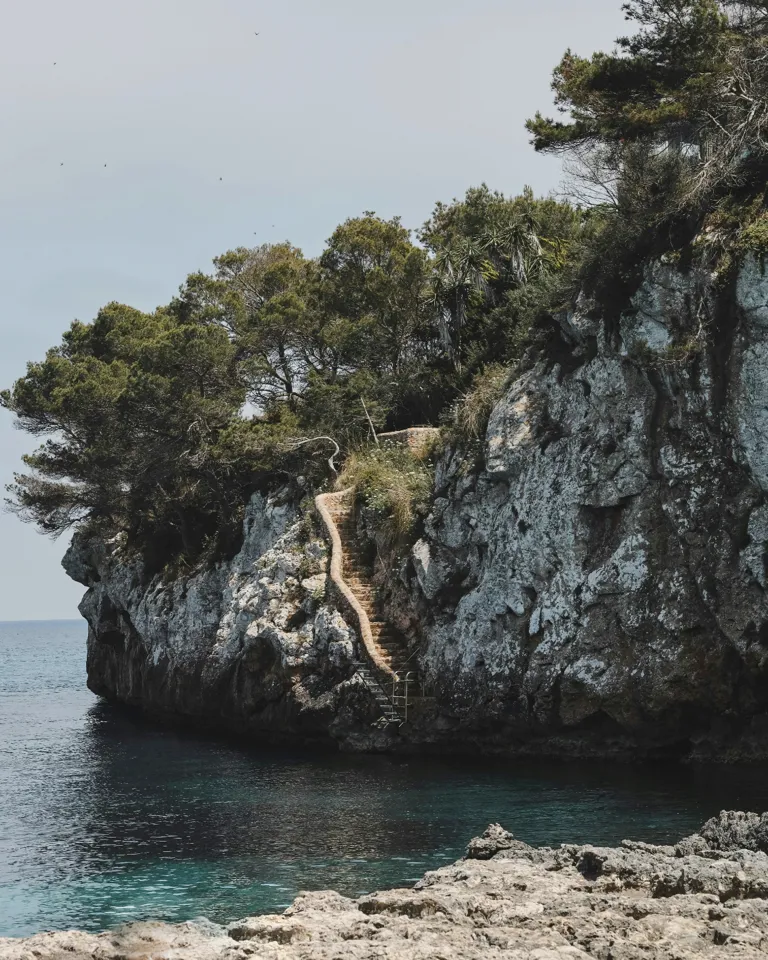
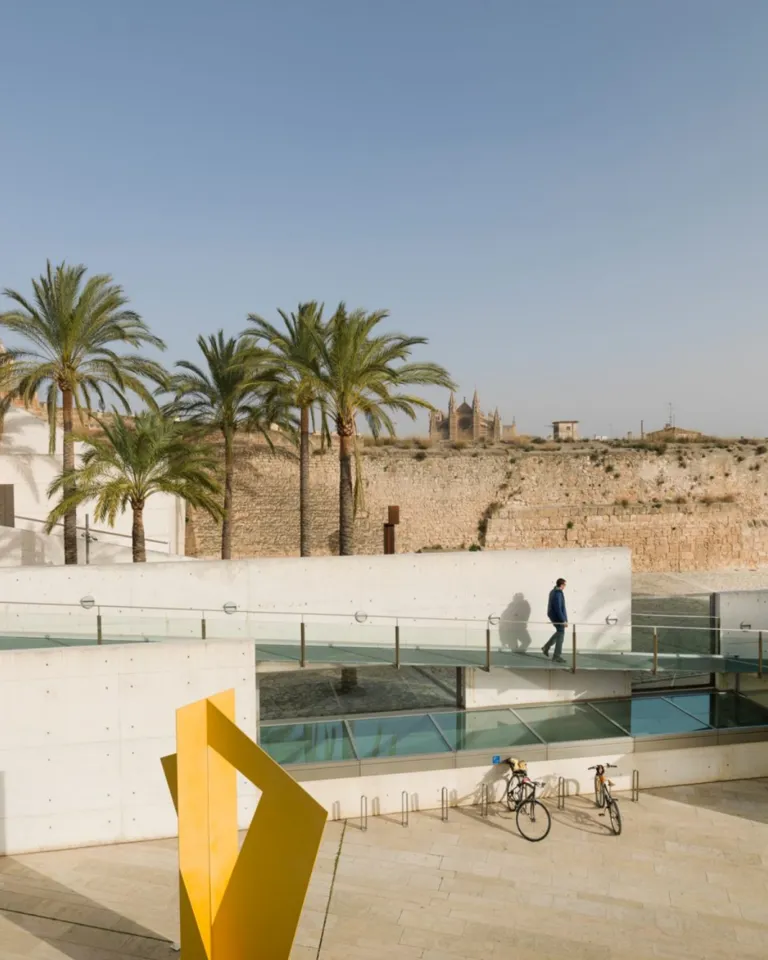
Cala Llombards—A local’s tip: Surrounded by rocky outcrops and pine trees, Cala Llombards offers scenic views and a peaceful escape from the busier tourist areas of Mallorca. It’s the perfect spot for a refreshing dip in the sea. The isolation of Cala Llombards compared to other beaches on the island means it often has a more tranquil atmosphere for swimming.
Museums—Wait, before you skip to the next one—museums on Mallorca really hold their own. Es Baluard Museu d’Art is worth seeing not only for its cutting-edge contemporary works, but also for its architecture. Built into a fortress and part of Palma's original city walls, the museum blends this historic element with sleek design additions, creating a striking contrast between past and present, complemented by panoramic city and sea views.
Naranjas—Naranjas, or oranges in English, grow abundantly in Mallorca, especially in the Sóller Valley, where the climate and fertile soil create ideal conditions for citrus orchards. Their presence is deeply rooted in the local landscape; drive in any direction and be struck with the sight of orange trees laden with bulbous fruit. Take a few lazy hours on a Sunday and head to the Valldemossa Market to sample some of the best oranges of your life.
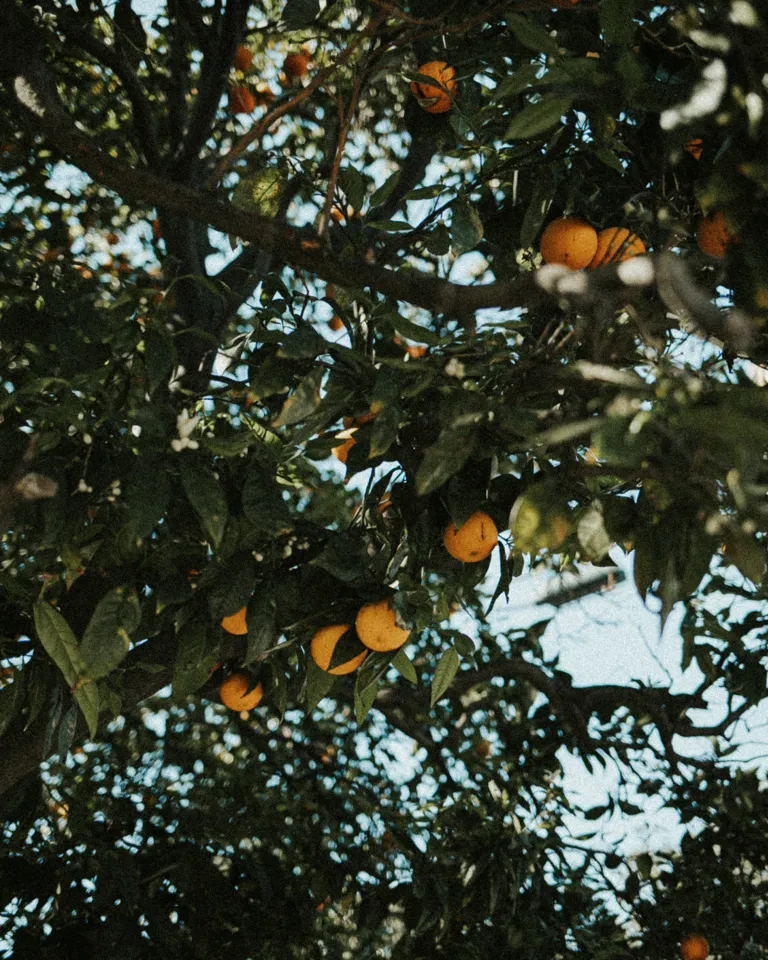
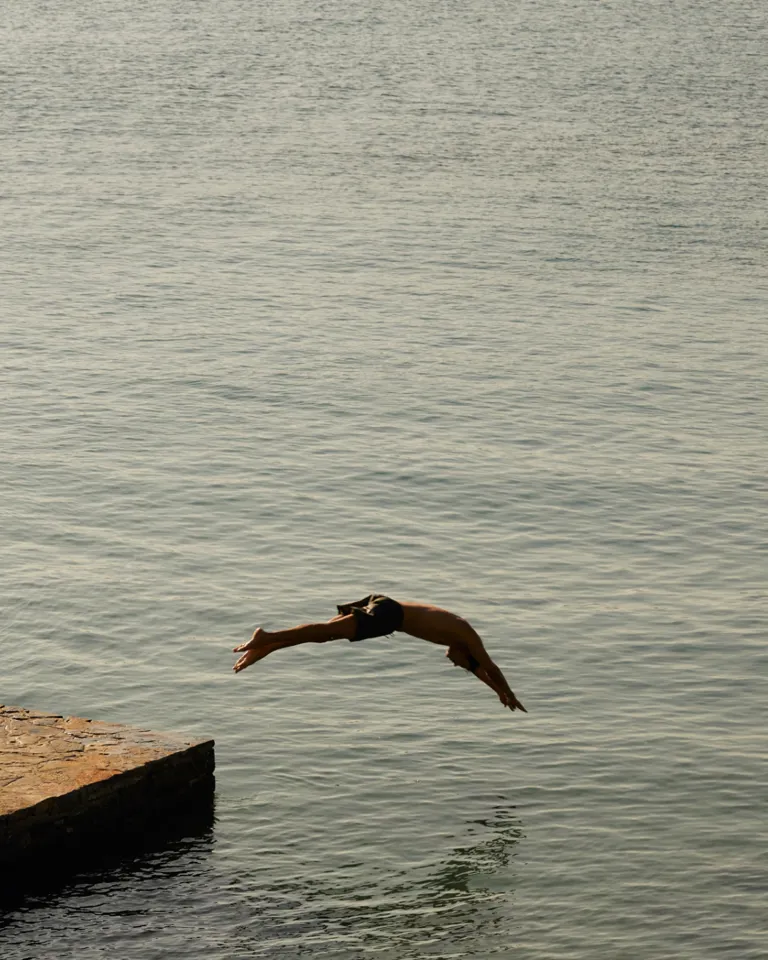
Obsolete—Obsolete, the furniture, antiques, and textiles store in Palma, brings together unique pieces from countries including Venezuela, Mongolia, India, and Morocco, among others. The serene showroom, with its wooden structural beams, textured walls, and rustic tiled floors, is filled with terracotta vases and urns, one-of-a-kind artifacts, and selected ethical fashion brands produced locally in Palma, reflecting Obsolete’s love of nature and respect for pure craftsmanship.
Perfumeries—There’s no shortage of beautiful, small, family-run perfumeries on Mallorca, where artisans craft fragrances inspired by the abundant citrus groves, wild rosemary, and local Mediterranean herbs found peppered all over the island. Two standouts:
Meander through hallways and small rooms at this charismatic and homey store, set inside a 15th-century building, and find unique fragrances, body lotions, soaps, and room sprays.
Limited-edition perfumes and gender-neutral cosmetics, distilled by “Scent Scientists” into glass bottles can be found lining wooden shelves at the Viti Vinci showroom.
Queso—It’s all about cheese on Mallorca. Find beautiful varietals such as Mahón cheese (a cheese actually originating on the neighboring island of Menorca, but is ubiquitous in Mallorca) at Colmado Sant Jaume, a small, specialty food store with a curated offering of cheese, olive oil, wine, and more). Alternatively, head to the Mercat de l’Olivar, the must-visit market with numerous artisan stalls; here you’ll find some stunning cheese vendors.
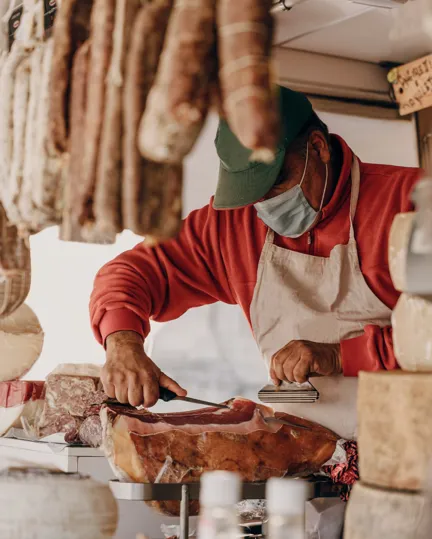
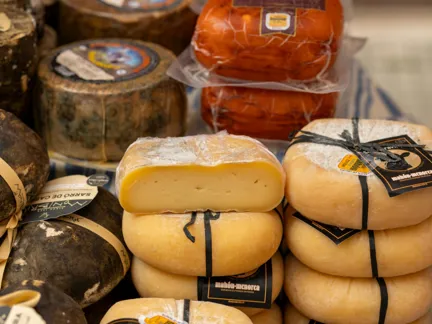
Randa—Randa is a tiny hamlet, of roughly 100 inhabitants, found at the base of the Puig de Randa, a mountain in Mallorca with one of the island’s highest peaks. It is home to the Santuari de Cura—a historic monastery with stunning views, and to reach it, you need to hike there: It’s described as a walk “between heaven and earth.”

Bar La Sang—The “It girl” wine bar with a neighborhood feel that has everyone talking. Bar La Sang, with some of the tastiest share plates on the island, is representative of Palma’s expanding natural wine scene. It’s the kind of place you’ll want to return to, time and again.
Talaiot—Talaiots are ancient stone structures found on the island; remnants of the island’s early inhabitants around 1000 to 600 BCE. They served as watchtowers, defensive structures, and ceremonial sites. Discover them at the prehistoric site Capocorb Vell, near the town of Llucmajor.
Upscale eateries—Looking for those special venues that offer an exceptional dining experience? For something contemporary but relaxed, try Little Jarana, a hidden gem in Palma with hand-written menus and a bar-like setting. For a special occasion, the Jardín Bistró awaits, located in Alcúdia in the north of Mallorca—with classic Mediterranean dishes in a garden setting. It’s run by Maca de Castro, the first female chef in Mallorca to gain a Michelin star.

Stijn Oyen, Design Hotels Managing Director and a local native to Mallorca.
Cala Varques—Tucked away near the town of Porto Cristo, Varques is a secluded cove, accessible only by a scenic walk and features the clearest turquoise waters for swimming, in a serene, natural setting.
Wineries—Mallorca has an exciting wine scene with some fantastic small, family-run wineries.
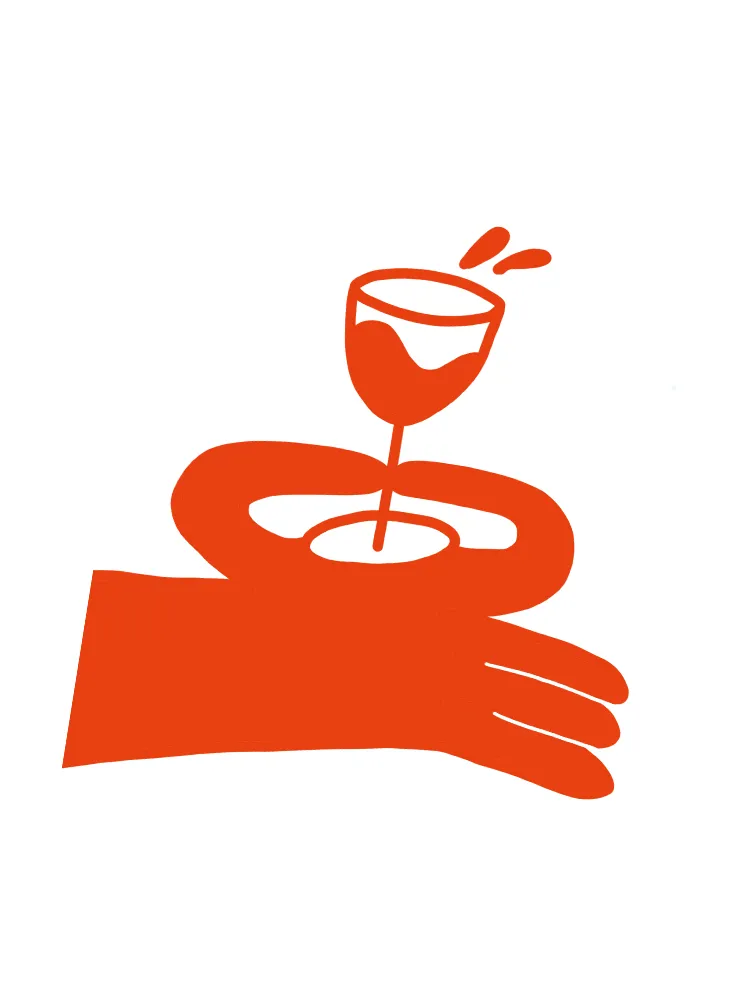
4 Kilos Vinícola
A radically modern winery founded by Francesc Grimalt and Sergi Caballero, founder and co-director of Sónar music festival. 4 Kilos is best known for its single grape varietal Callet, a deep and juicy red, and a case in point of the new Mediterranean style.
Bodega Can Majoral
A family-run winery in Algaida, committed to organic and biodynamic practices. Can Majoral produces a variety of wines using local grape varieties like Callet and Manto Negro.
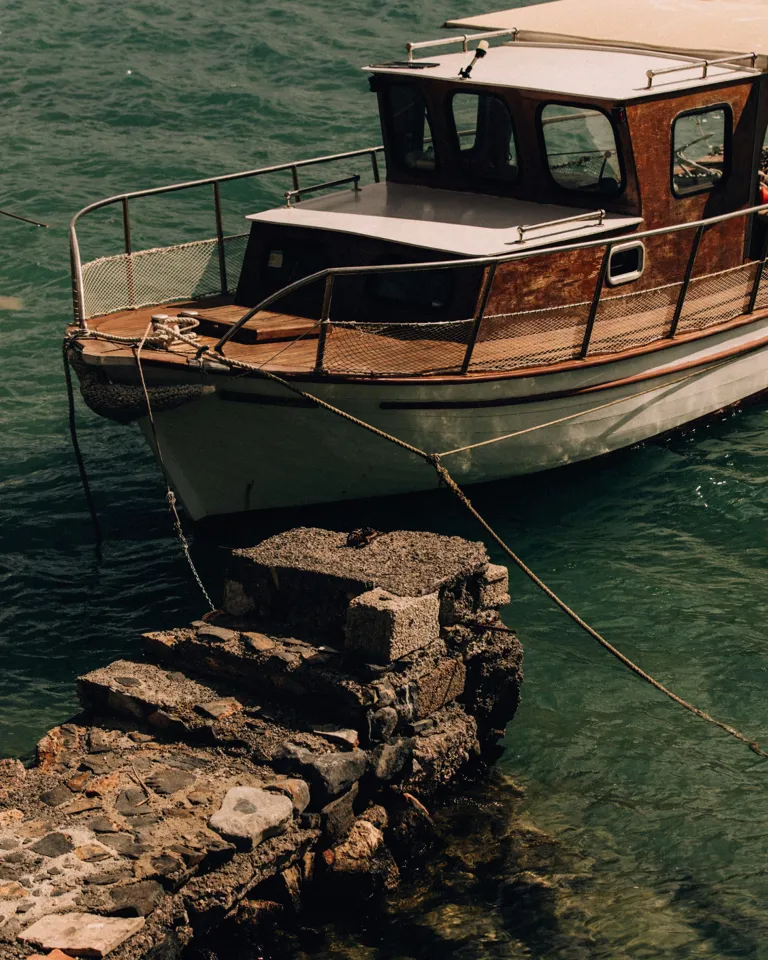
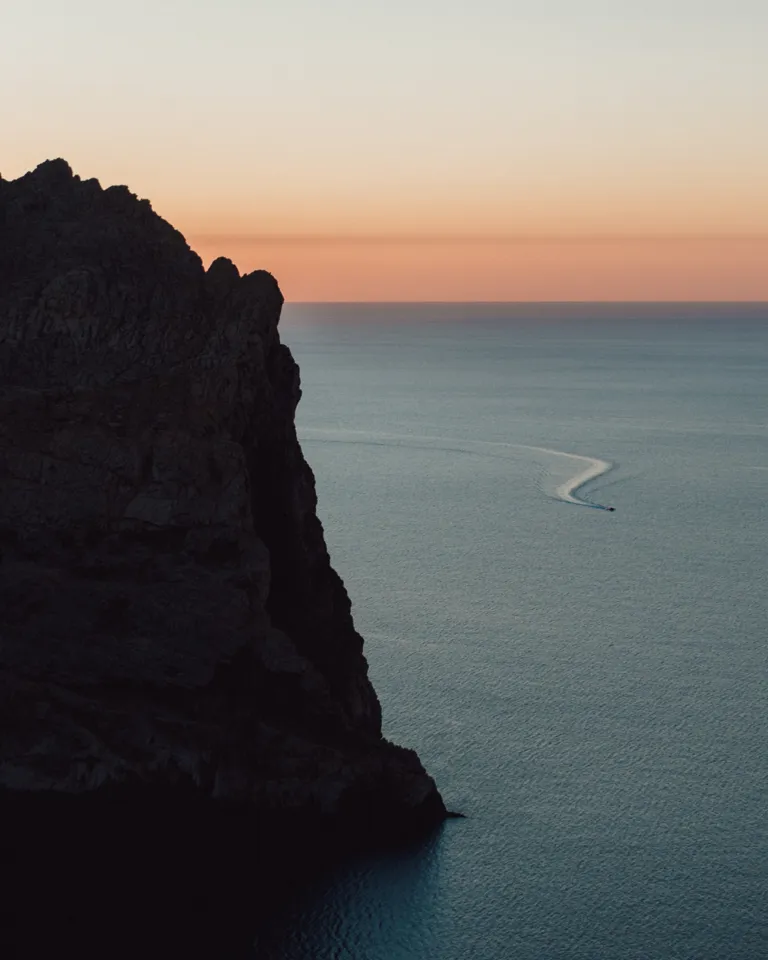
Xocolate—Xocolate, the Mallorquîn word for “chocolate”, is enjoyed in its hot form with churros or ensaimadas. Local artisans often infuse their chocolate with indigenous flavors, such as Mallorcan sea salt, local herbs like rosemary or thyme, or even orange peel from the Sóller Valley.

Yacht—Can one have lived well, if they’ve never experienced a Mallorcan sunset while drinking champagne on a yacht? The answer is no. Sailing experiences and boat parties are an ode to the classic Mediterranean summer: white linen shirts, impressive suntans, and laughter echoing off the water, are a mandatory trio.
Zamburiña—Zamburiña are a type of small scallop, served as a little tapa. Often cooked in white wine on skewers or still in their shells, with garlic, olive oil, and fresh parsley. Best paired with a cold, crisp glass of white wine.